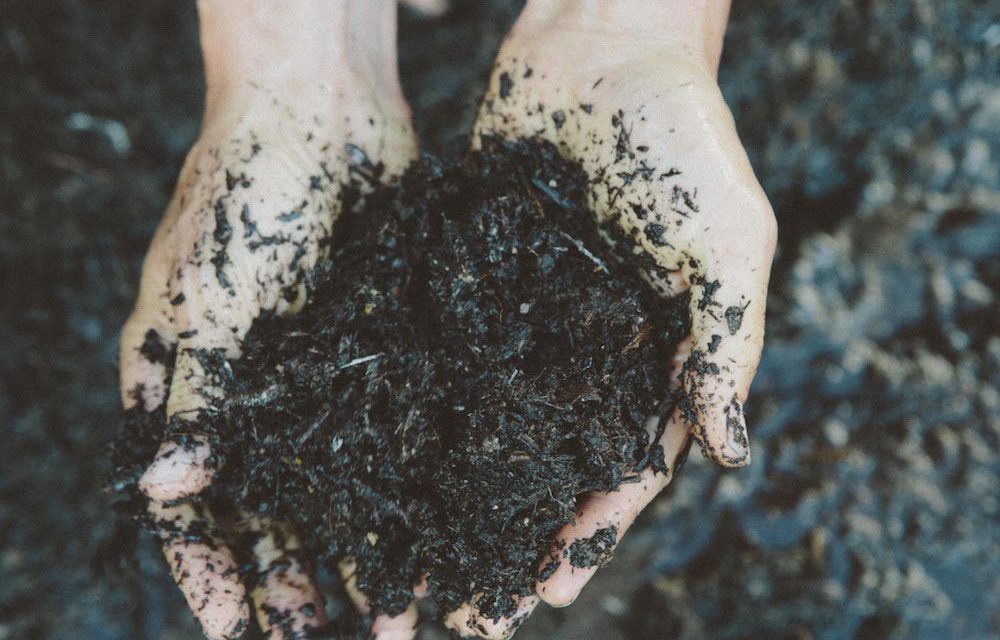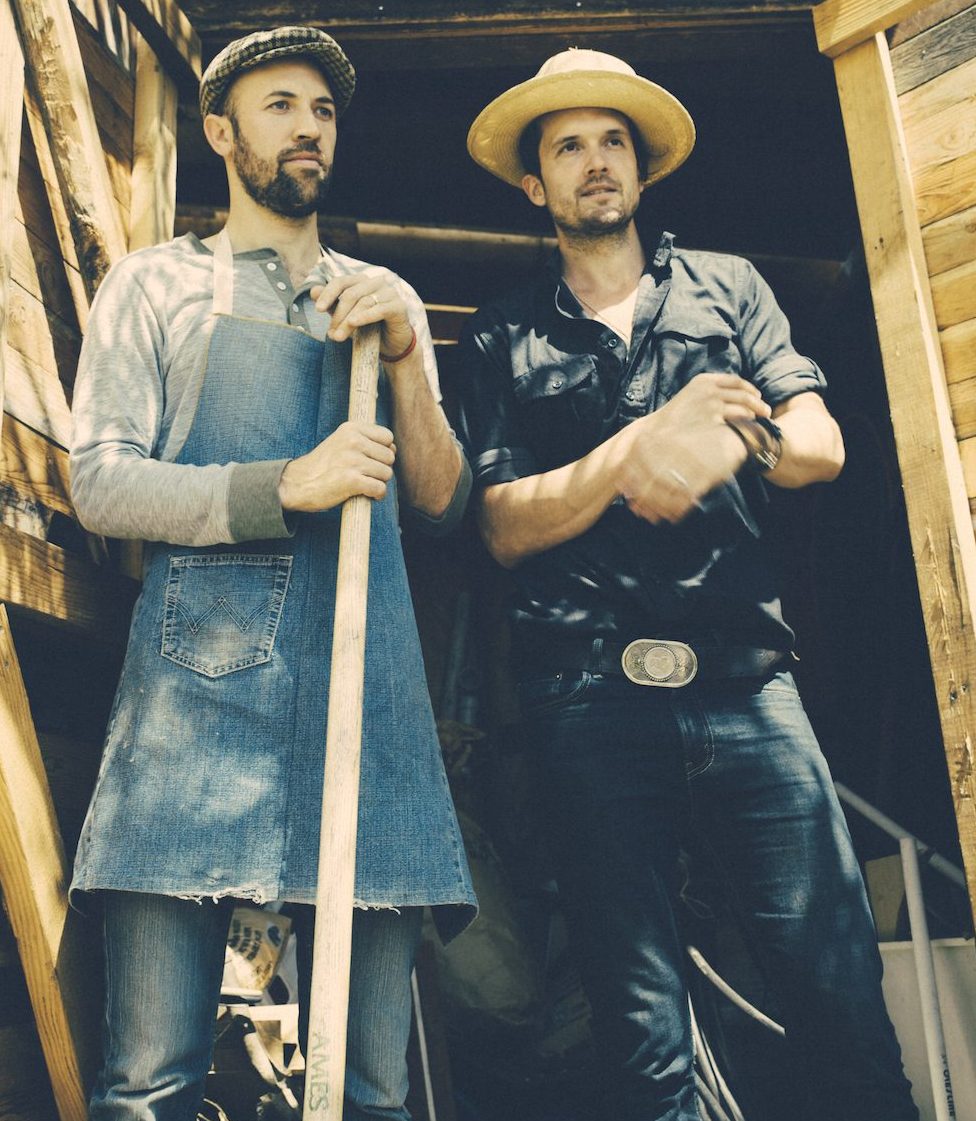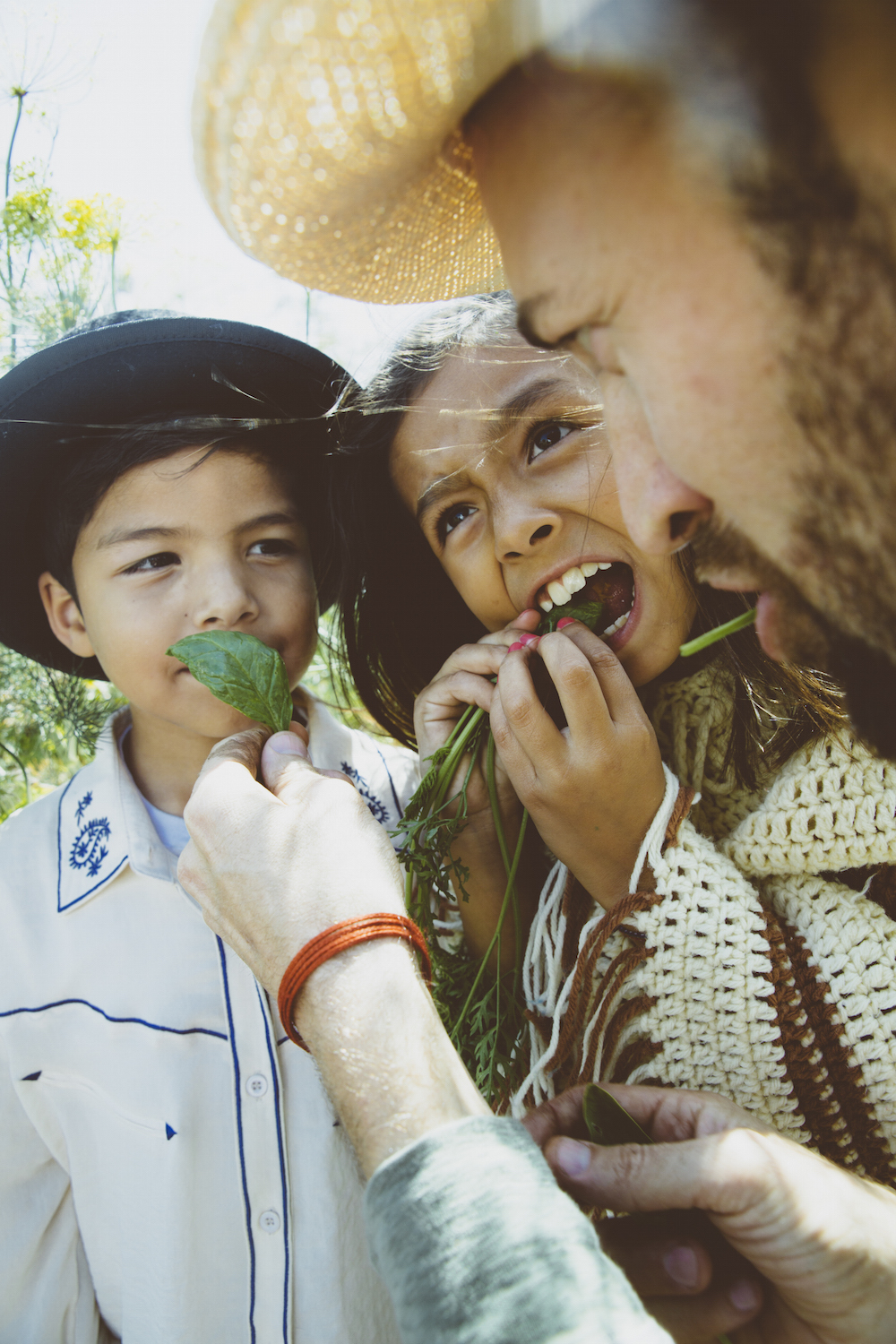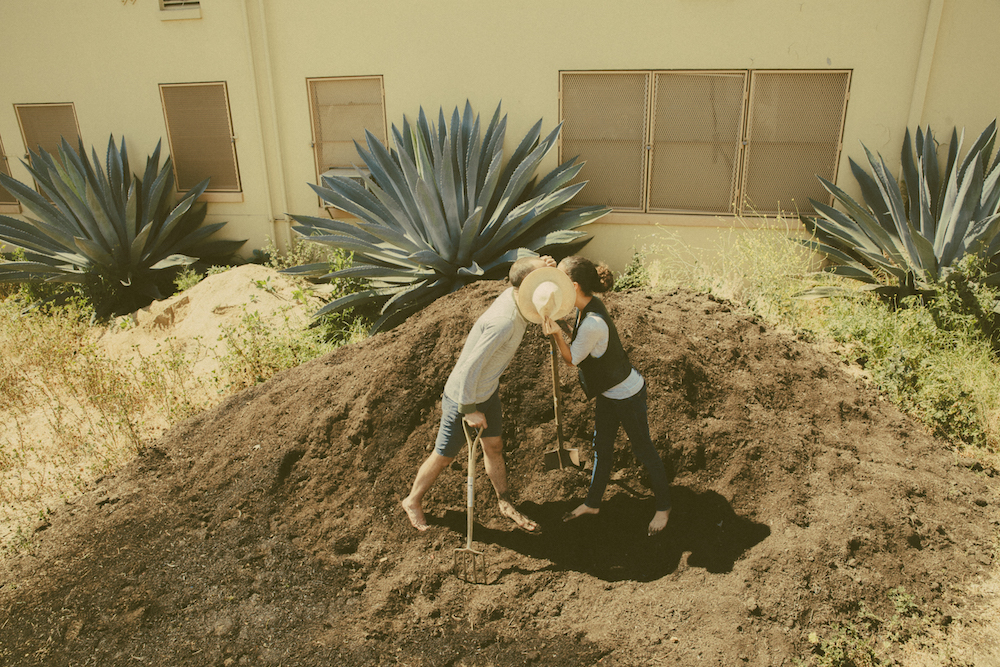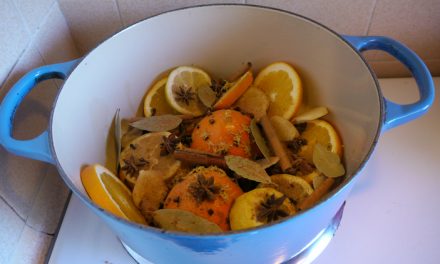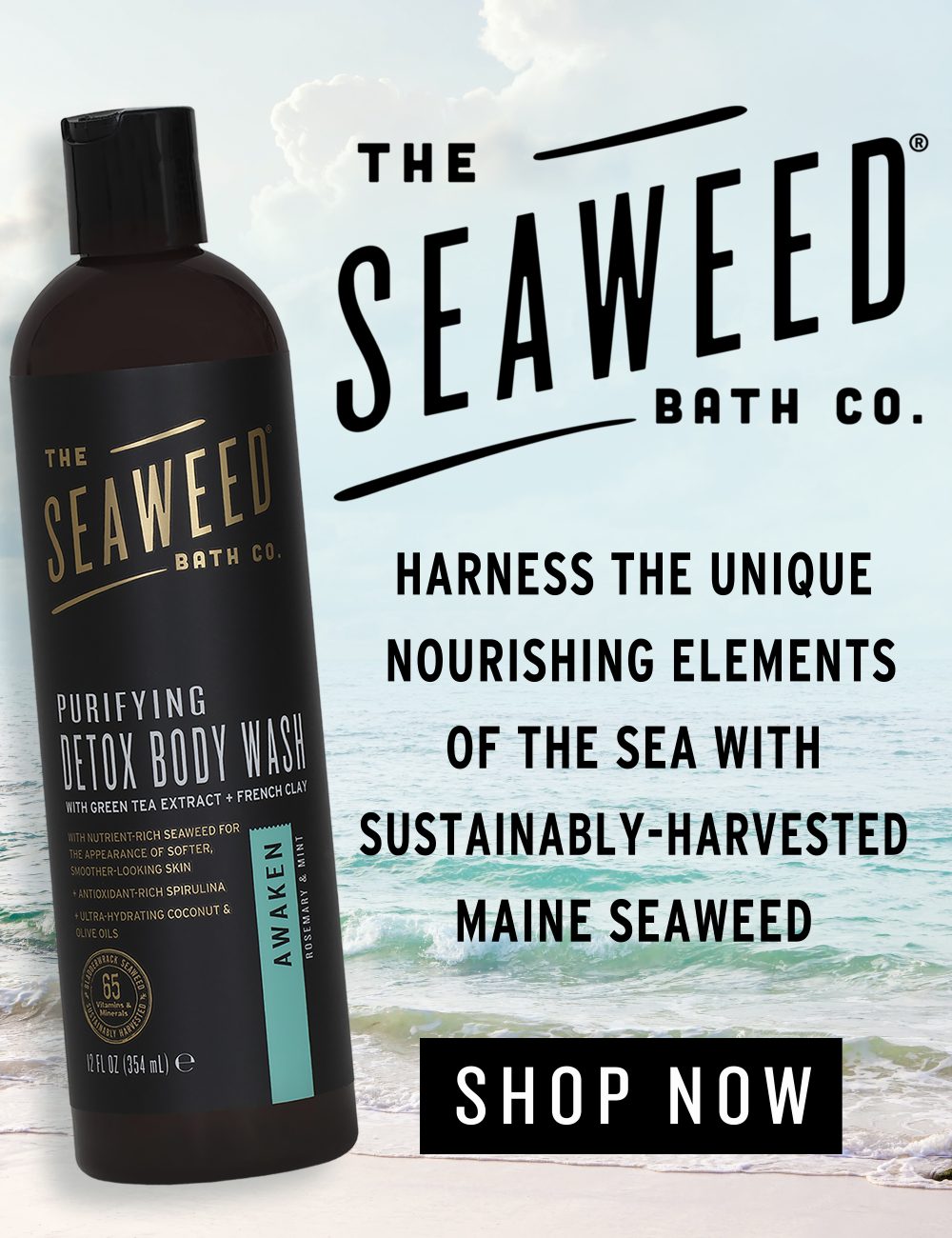Kiss The Ground | Nurturing the Soil You Walk Upon
How did Kiss The Ground get started, and what kind of work do you do?
Kiss The Ground was founded when Ryland and Finian learned about soil as a new hopeful part of the climate change equation. When they learned that not only is almost a third of the CO2 causing climate change was due to loss of carbon-filled topsoil but also that building back carbon-filled topsoil by changing our farming practices can help reverse climate change, they knew this was a story that had to be told to the world. Kiss The Ground works to educate, advocate, inspire for the restoration of soil worldwide. Kiss The Ground focuses on creating media that tells the story of soil and regenerative agriculture. Our work spans beyond media and story telling to working with supply and demand changes on conversion to regenerative agriculture. Additionally, we work with city and state governments on soil, composting, and local food systems related policy.
Why is the health of the soil so important?
Soil is life. Without soil, life on land as we know it is impossible. Soil without life (health) is just dust. Healthy soil is the basis of clean water, nutrients in our food, balanced climate, tolerance of drought, and pretty much all that we love about land.
Commercial meat production is very different than using animals on range land to improve soil health, grow better grasses and ultimately sequester carbon. Can you touch on this idea of regenerative agriculture?
Put simply, nature did it first and evolved to do it. When you picture the plains of America there are millions of bison roaming. What do you notice? They are in herds. They are in herds to protect themselves from predators. The activity of herding brings them into a concentrated area where they eat, poop, pee, stamp, etc, then they leave after not much time, as they don’t like to stay in areas where they defecate for long. This herding and leaving activity curates the perfect stimulation for regeneration. The grasses evolved with the animals to use all that great nutrients (poop and pee) to regenerate their system. Only about a third of the grasses get eaten down about two thirds their length. This makes the root systems on the other end of the plants slough off into the soil (carbon). As the plant regrows, it pumps more carbon sugars into the soil and grows more roots, as this goes on and on. When the bison come back once the growth has occurred, we are witnessing a carbon pump cycle. This explains why the plains were one of the most fertile lands in the world. On the other hand, when you see cows in a fenced-in area, where they are not encouraged to bunch together because there are no predators, they work against the grassland system – going where they please for too long of periods and turning fertile grasslands into desert. This is what is known as ‘over grazing,’ but funny enough it can happen with far less animals. In short, its not the animals that are at fault, it’s our management that is wrong. ‘Planned Grazing’ or ‘Mob Grazing’ mimics the way that these animals are supposed to work with the land and can regenerate huge amounts of grassland very quickly.
What kind of advice do you have for people that live in apartments and don’t necessarily have the space for garden boxes. What’s one simple step someone could take to begin getting their hands dirty?
Start composting – it takes up less space, and you can use the finished compost to put into small plant containers to grow things like tomatoes, lettuce, and kale. You really don’t need much space at all. Also worm composting takes up the least space and can be done inside.
What advice do you have regarding how we vote with our dollar – be it at the grocery store or at a restaurant.?
1. Don’t be afraid to be that person who asks about the food. This trend has been the reason you see more and more restaurants committing to organic and locally produced food. 2. Try going no meat for just one month. This helps make it possible to chose meat that is beneficial for the environment. If you know you don’t always need it, you can purchase the stuff that is making a big difference. 3. For veggies that are mainly water (Lettuce, kale, etc) try to grow them at home. It’s much easier than you think and you help reduce the GHGs that that are caused by trucks essential driving pounds of water to your table. 4. Remember ‘Farm to Table to Compost to Farm.’ Compost by all means necessary and demand composting by your grocery store, restaurants, city, your own home, etc.
There is such a discrepancy in the availability of fresh, healthy and vibrant foods that are available in wealthier cities versus that of poorer cities. What is being done to get healthy food to people in these food deserts?
More young and new farmers are taking the step to start growing more locally and teaming with orgs and distributors to get more local organic food to be available. Our favorite thing is see what’s happening in Detroit (Urban Ag Center of the U.S.) where many low income areas are realizing that they can grow their own food and also make money while doing it.
all photos by Sequoia Ziff
Follow Kiss The Ground | www.kisstheground.com | @kissthegroundca

